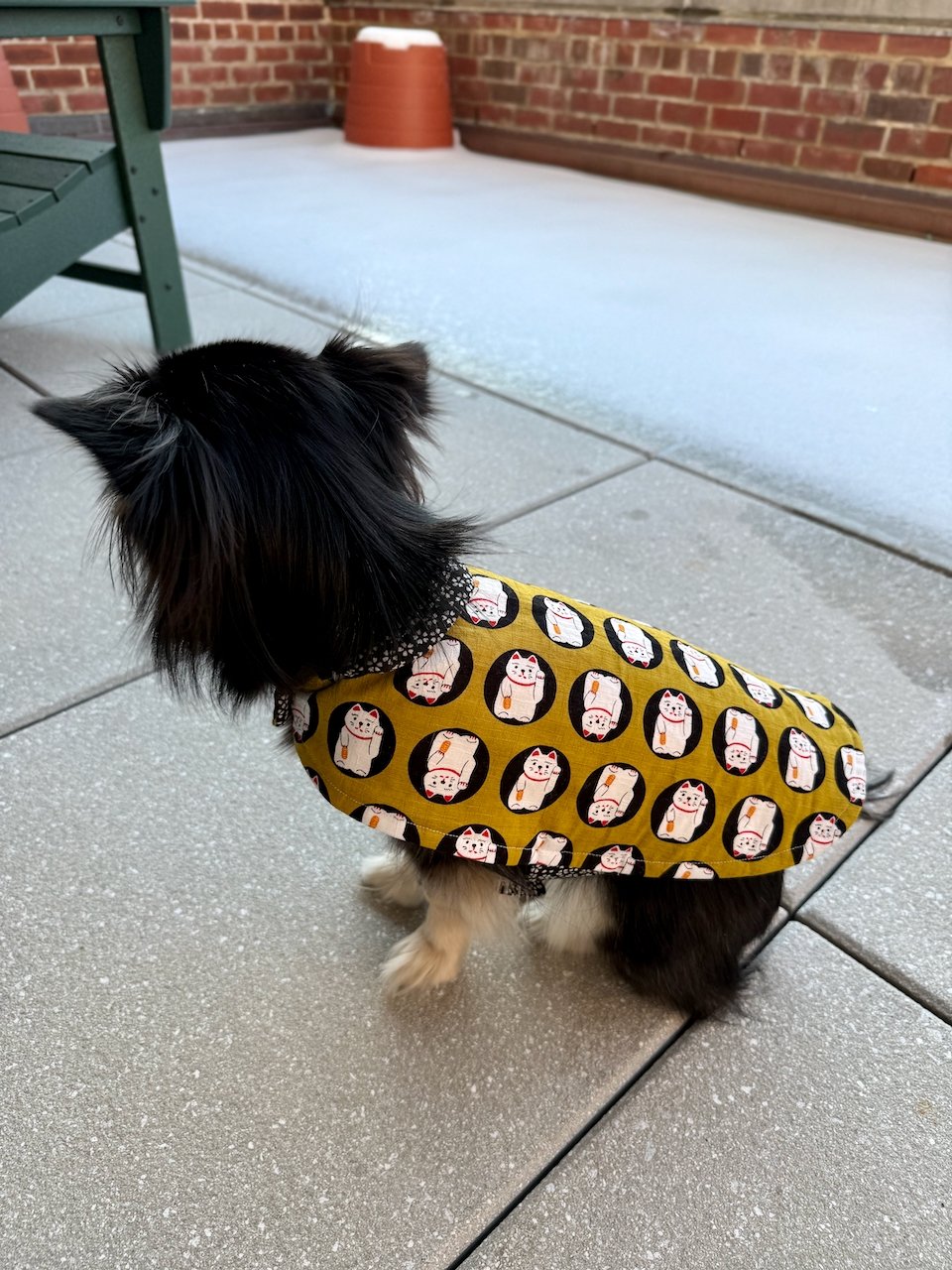The political situation in the US right now is Not Great, and it’s getting worse by the day. But if you’re reading some of our most vaunted institutions, you could be forgiven for thinking it’s business as usual here, which is…fucking wild! I would personally prefer to get information from media outlets and journalists that are accurately characterizing the current threats to democracy and to the American people versus treating this situation like it’s goddamn fantasy football. Like, why are we credulously trying to figure out how flatly illegal actions will “play” with voters instead of calling these things what they are? Why are we referring to disastrous cuts to federal agencies as “savings” in headlines? Why are we acting like the dead whale guy has some valid points and thus is somehow qualified to take away millions of people’s SSRIs? AHHHHHHHH!!!! I find it all disgraceful, particularly in a moment when trust in media institutions is already so low and our industry is collapsing!
Anyway. Rather than piss myself off every single day, I’ve been sticking to outlets and journalists that aren’t acting like they are brand new here. Below is a list of where I’m going for news and analysis these days. (I also pay for a lot of these, and would encourage you to do the same with the outlets you love and want to see stick around, to the extent that you can afford to!)
New York Magazine’s Intelligencer. This is where I’m going if I just want to see the news of the day from a major media outlet. The difference in their headlines compared to their competitors is noticeable and extremely refreshing!
The City. This is an independent, non-profit newsroom with good values covering NYC. We love to see it!
5-4. This is one of my favorite discoveries from the past couple years; the tagline is “a podcast about how much the Supreme Court sucks.” It’s a super cathartic listen, while also being very informative. If you want a good, not-timely-but-also-very-relevant episode to start with, “Sierra Club v. Morton” is one of my personal favorites.
404 Media. A lot of journalists are real dopes when it comes to tech coverage. (If you’re drooling over the promises of generative AI, I’ve got a bridge to sell you!!!) 404 is independent—run by a bunch of my former VICE coworkers, who are very smart!—and covers the tech industry critically, as it should be covered.
Wired. Similarly to 404, Wired has some VICE in its DNA and currently has its eye trained on Elon Musk/DOGE.
Taylor Lorenz. Another very good follow with regard to tech coverage (she unmasked Libs of TikTok), and one of the only journalists I’m aware of who still gives a shit about covid and the way our current approach to public health is affecting people with disabilities!
Hamilton Nolan / How Things Work. Hamilton is a former Gawker writer who now covers unions and labor issues. “They Are a Minority” and “Democracy and Power” are two good recent installments to check out.
Your Local Epidemiologist. If you want a clear picture of what’s going on with public health in a given moment, YLE is a good Substack to add to your list.
Defector. While this is technically a sports outlet, they cover politics too, and pretty much every post is a banger. The Old Rules Are for Losers by Kelsey McKinney (also a good follow!) is a nice one to start with. In it, she writes of Democrats: “I want a party that understands that morality is not the same as following a list of rules that the opponent declines to follow. And I want a party with a fucking strategy. I want candidates with actual beliefs, and policies that actually matter, and plans on how to achieve them. I want a party that views the Golden Rule as something that no longer applies when the other side opts out. I want a party that will keep the Earth from burning and take care of the stacks of healthcare bills on everyone's tables and make sure that every kid has food and an education, and I want that party to put the ends before the means. I want a party that fucking cares.” PLEASE!!
Gregg Gonsalves. Gregg is an epidemiologist and longtime AIDS activitist who also happens to have a strong moral compass.
Mariame Kaba. Whenever I feel despair, I turn to Mariame Kaba; she’s written several books—including Let This Radicalize You: Organizing and the Revolution of Reciprocal Care, which I’d definitely recommend right now—and has a monthly Substack.
Rebecca Traister. Another person who I turn to when I’m feeling abject despair! Her NY Mag archive is definitely worth a read.
Melissa Gira Grant. Melissa writes for The New Republic and has been particularly good on the onslaught of attacks on trans people. Here’s her archive.
🍑


























